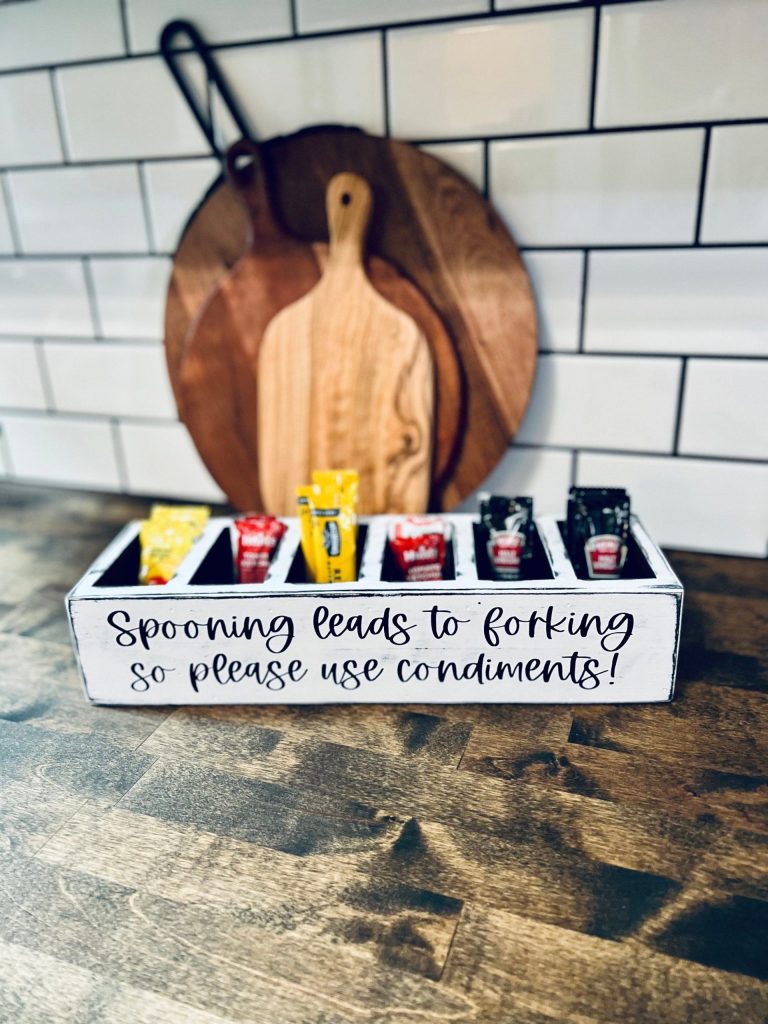In the ever-evolving landscape of food storage, the debate over whether ketchup needs refrigeration is a testament to our growing obsession with condiment care. The intricacies of storing various condiments—such as soy sauce, peanut butter, and maple syrup—spark lively kitchen conversations. This discussion is not just about maintaining flavor, but also about safety and extending shelf life. With each condiment possessing unique preservation needs, consumers are eager to navigate these guidelines with precision.
This guide brings to life a nuanced understanding of which condiments thrive outside the refrigerator and which ones demand the chill. The age-old ketchup conundrum, for instance, is unraveled with insights into its acidity and preservatives that allow it to be stored at room temperature, yet many prefer the cool of the fridge for optimal freshness according to The New York Times. Soy sauce and maple syrup similarly follow their own rules, challenging assumptions and encouraging a more thoughtful approach to kitchen management.
As culinary habits evolve, the way we store our condiments might just redefine our culinary experiences. Could this newfound awareness of condiment storage inspire a broader reconsideration of food preservation techniques? As we continue to seek convenience without sacrificing quality, this exploration into condiment care invites us to question: What other everyday kitchen practices might we be overlooking, and how could revisiting them transform our food interactions?


